Bare metal vs dedicated servers: Which is the better hosting option?
What's the best single-tenant server for your needs?
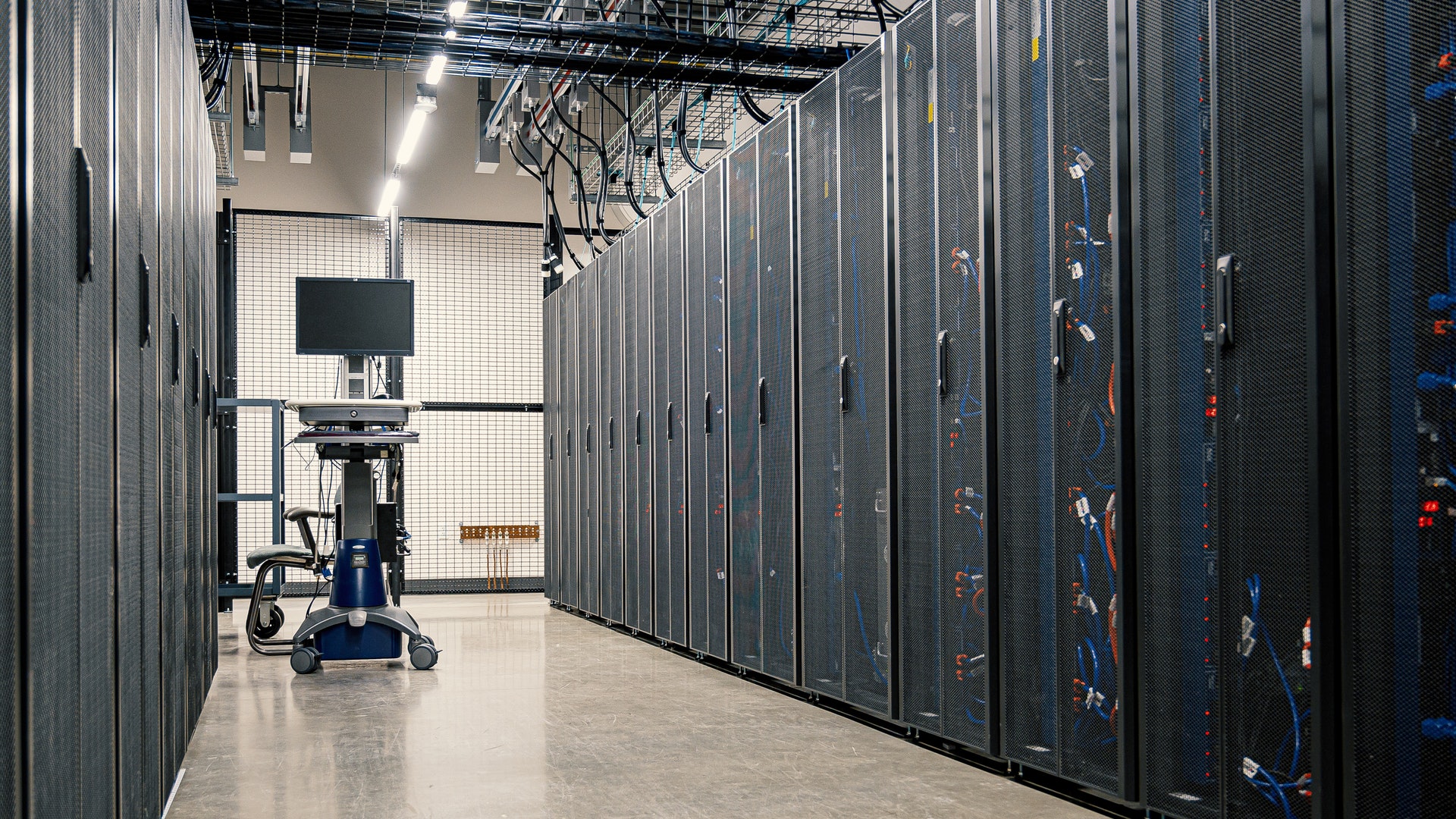
Modern hosting options are becoming broader than ever. While some people go with the best website builders or via cheaper providers of the best web hosting services, those building highly advanced websites usually need something a little more powerful.
Traditionally, dedicated server hosting has been the best option for large, enterprise websites and ecommerce stores. If you’re looking for the highest performance from your web hosting, you typically have a choice: bare metal vs dedicated servers. These alternative hosting options have become increasingly popular in recent years.
They aren’t cheap however, so before you put money down on a long contact with a web hosting provider, it makes sense to recognize the subtle differences between these two forms of hosting, so you can make an informed purchasing decision.
Below, we compare bare metal vs dedicated servers, using industry-leading providers to highlight and examine differences and similarities. We aim to help you decide which is the better option for your needs, and how you can best leverage each of their strengths for your business.
Bare metal vs dedicated servers: Aren't they the same?

Undoubtedly, there are a lot of similarities when comparing bare metal vs dedicated servers, especially from a technical point of view. The most obvious commonality is they both refer to a physical server, as opposed to a virtual private server (a VPS).
With a VPS server, your website shares processors, hard drives, and memory resources with other people’s sites. This is fine for some uses, and certainly keeps costs down, but if you need unfettered access to the underlying hardware, or you stress about performance plummeting when other sites experience traffic spikes, you want a bare metal server or dedicated server.
Those in the market for a high-performance server typically have a precise use in mind. Whether it’s online gaming, video rendering, voice over IP (VoIP), Software as a Service (SaaS), or simply a high-traffic website that must perform splendidly at all times, dedicated hardware like a bare metal or dedicated server is the right choice.
Sign up to get the BEST of Tom's Guide direct to your inbox.
Get instant access to breaking news, the hottest reviews, great deals and helpful tips.
If you’re running an ecommerce site, for example, dedicated hardware allows more simultaneous transactions; while eSports gaming run on dedicated servers offers much lower latency for multiple concurrent sessions. In other words, dedicated hardware solutions always beat shared hosting in performance.
With both types, you get a much higher level of control over your servers’ complexity and security. You can choose the operating systems, software, and security protocols that suit your business best. As you have root (full administrator) access, you call the shots.
Bare metal vs dedicated servers: Features
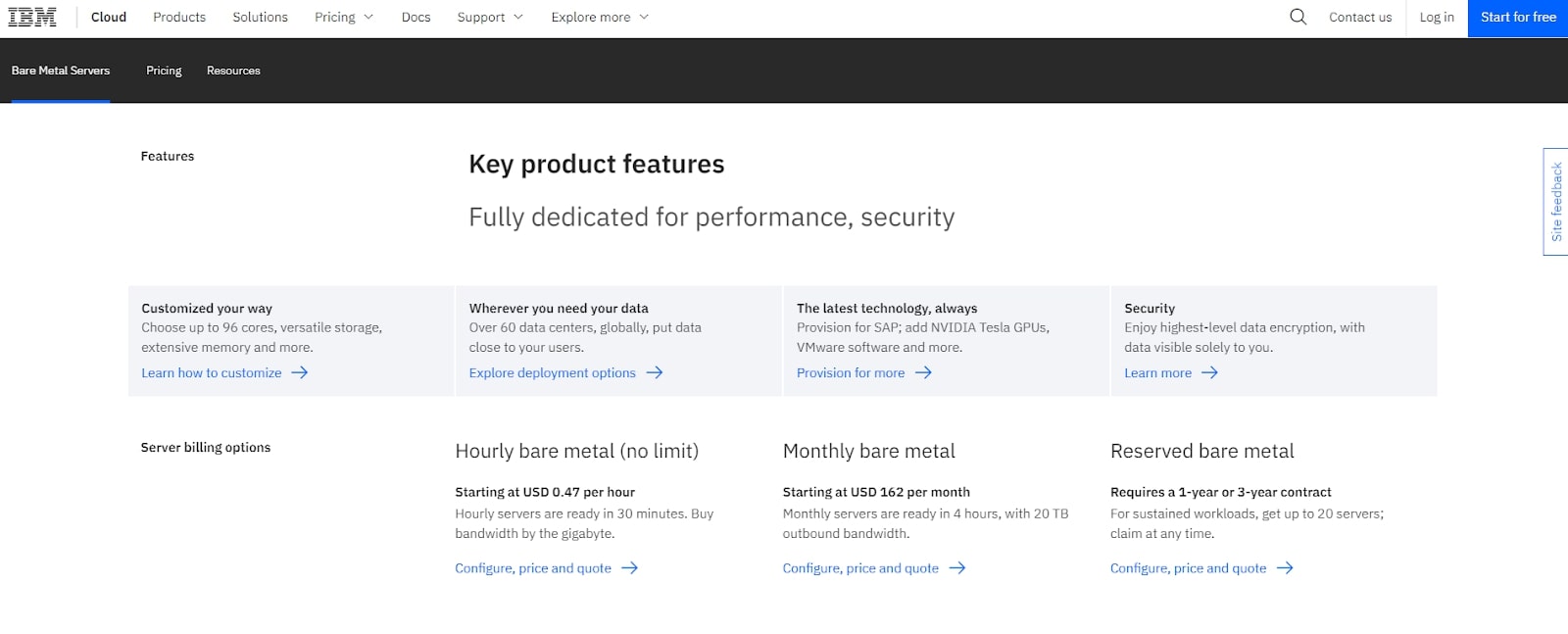
Bare metal and dedicated servers share a lot of similarities, but there are plenty of differences you should be aware of as well. For one, dedicated servers are those used solely by one client. This means you won’t have to share your server or resources with anyone else, improving security and performance.
Dedicated and bare metal servers share many important features. They are both single-tenant machines designed for one client, and generally come with highly advanced hardware and strong security integrations. They can also usually be customized through the addition or removal of storage, RAM, and CPU cores.
Where bare metal servers begin to diverge from traditional dedicated servers is the bleeding age nature of the hardware used. Providers typically consider bare metal servers their flagship products, complete with the fastest CPUs, memory, and hard drives. They are much more flexible, and generally can be configured according to your exact needs: their every aspect is designed for optimal long-term performance.
On the other hand, traditional dedicated servers are much less flexible. They are harder to integrate with cloud networks, and are usually designed for standard website or application hosting.
Bare metal vs dedicated servers: Performance
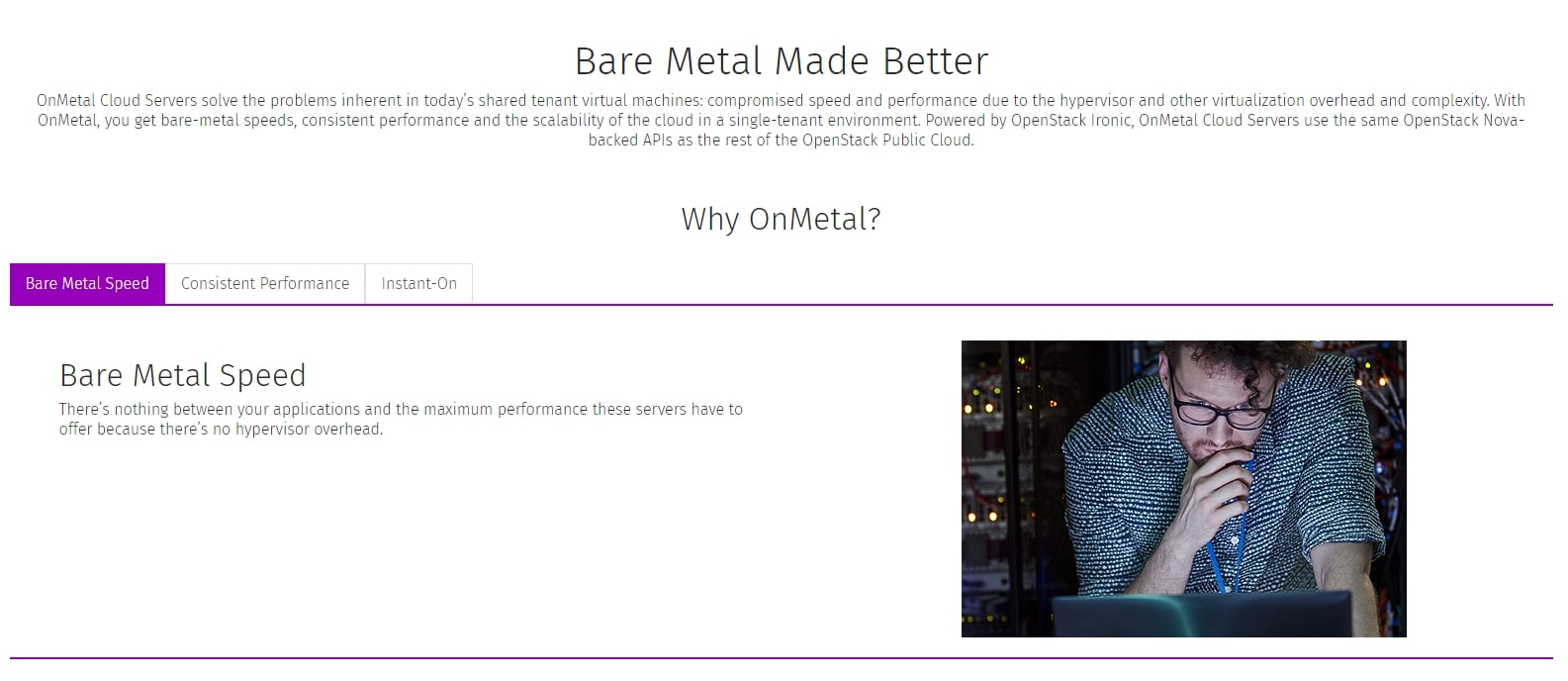
It’s quite hard to compare the performance of bare metal and dedicated servers, because it’s something that largely depends on the provider you use. However, there are a few important things worth noting. A common use case is testing an important application on a low-performance virtual server, before transferring it to your dedicated platform when it’s time to go live to the public.
Often, dedicated servers are designed solely for web or application hosting. At the cheaper end of the spectrum, older machines with somewhat limited hardware tend to be used, which can impact overall performance. But, if you’re willing to pay more, you will usually be able to access the latest models, backed by powerful performance integrations.
Bare metal servers tend to be built with the latest, most powerful hardware like NVMe solid state drives (SSD), which on average give you blazing fast speeds and performance compared to traditional dedicated servers, and they can also be provisioned much faster. Traditional servers use relatively inexpensive but slow SATA disk drives, by comparison.
The networks bare metal servers are hosted on also tend to be top-tier, with high-speed 1Gbps connections becoming the norm. As such, they tend to be a great choice for those who need strong cloud integrations. Providers like IBM and Rackspace offer high-quality servers with no hypervisor, highly advanced configurations, global data centers, and connectivity with various cloud networks.
In saying that, though, remember that your server’s performance will be highly impacted by its hardware. For example, a high-end dedicated server will likely perform better than a cheap base metal server, despite base metal being faster on average.
Bare metal vs dedicated servers: Support
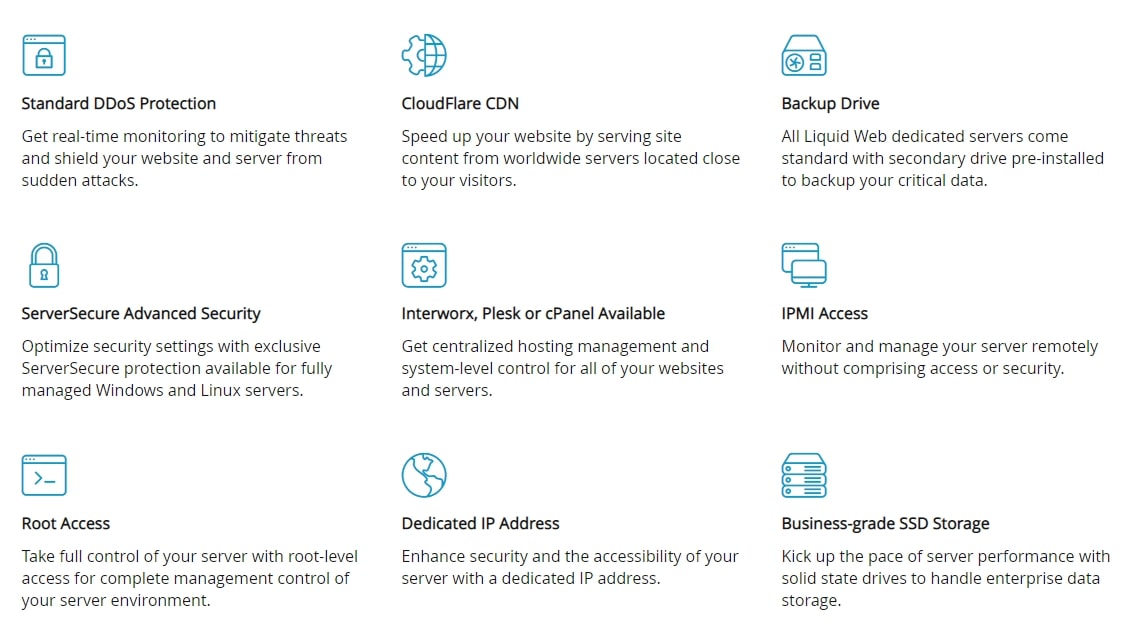
When it comes to support, the level of service you will receive largely depends on the provider you use. Customer service and self-help resources tend to vary greatly between companies, so it’s impossible to compare bare metal vs dedicated servers here.
However, you can expect more technical support if you’re using a traditional dedicated server. Often, powerful security tools are included, along with a pre-installed control panel, automatic backups, and a content delivery network (CDN) integration.
On the other hand, bare metal servers are usually empty machines with no pre-installed software. As the name suggests, they are bare, which means you can load whatever you need and configure the server according to your exact requirements.
Bare metal vs dedicated servers: Pricing
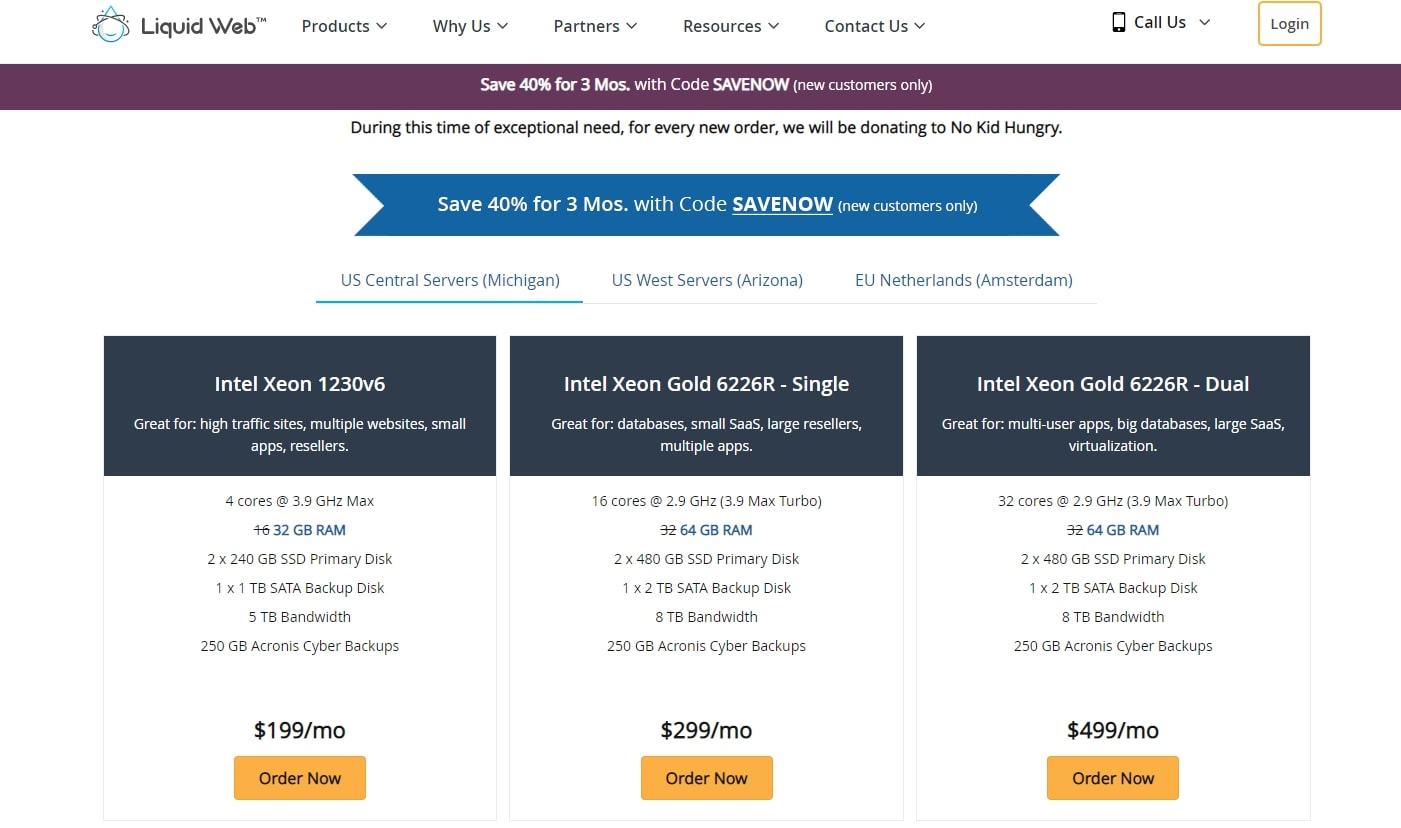
Some of the biggest differences, when comparing bare metal vs dedicated servers, are immediately obvious when we analyze prices. In general, dedicated server usage is purchased or rented on a monthly or yearly basis, and they tend to take some time to prepare, especially if you need a customized server which isn’t immediately available.
They tend to cost anywhere from $100 to $1,000 or more a month, depending on the quality of the host and the resources you need. For example, Liquid Web, one of the best dedicated hosts, has base prices ranging from $169 to $411.75 a month.
Bare metal servers, on the other hand, can be rented on demand for brief periods, and you only pay for what you use via hourly, monthly, or annual contracts. Hourly-paid servers are usually ready within half an hour, which means that they are a great option for those who need high performance hosting for a short time period.
Because you only pay for the time that you use, sites that experience high traffic during seasonal events or sales, or applications that only need to run for a few days, can be cheaper to deploy on bare metal servers despite the high-performance hardware in use. Does that high performance come at an increased price? Yes, if you were running a bare metal server 24/7.
For example, Rackspace offers a range of bare metal options starting from $0.68439 an hour ($500 a month). IBM is significantly cheaper, with prices starting from $0.47 an hour or $162 a month.
Bare metal vs dedicated servers: The verdict

Using web servers has become much more dynamic than it used to be. Now you can use a mix of virtual, dedicated, and bare metal servers as you see fit. It’s common for a company to host its site on a VPS for day-to-day operations, and transfer it to a dedicated server when busy times arise.
In the end, when comparing bare metal vs dedicated servers, they actually share a lot of the same features. They are both single-tenant machines designed with a focus on performance and security, and both are suited to high-end applications including enterprise website and application hosting.
They both, however, serve different needs. A classic dedicated server can be the workhorse that runs for years on end, dutifully serving up the company website at a relatively cheap price. You can fire up a bare metal server at short notice for the high-end performance you need, and retire it in a matter of hours or days.
While they are similar, you must first consider what you intend to do with your hardware if you want the best performance at minimal cost. As mentioned, one of the biggest differences is the pricing model used.
If you need long-term, reliable performance that’s great but not amazing, a dedicated server is the reasonably priced halfway house between a virtual server and a bare metal server. You have superb control over security, software, and hardware resources with your own dedicated server, and you never need worry about someone else hogging the processor time.
They're usually better for those who don’t need to be able to customize their machine as much. They tend to come with pre-installed software and security features, as opposed to bare metal servers, which are usually completely empty.
Bare metal boxes, however, handle agility with aplomb. Designed to be set up and integrated with other hardware with minimal fuss, they excel when you need to get dedicated hardware quickly working well with virtual private servers to handle unexpected load spikes. In most cases, you can manage all of the various servers through a single administration panel.
If you require a pay-as-you-go high-performance server that you can switch on and off at the drop of a hat, a bare metal server is an excellent choice. Your business can be highly agile while keeping costs to a minimum. When you must have the most flexible, powerful, and fast server, and depending on your business needs, it has to be a bare metal server.
Further reading on web hosting
Learn the differences between web hosting and WordPress hosting; and check out our buying guides outlining the best VPS hosting, the best cloud hosting, the best unlimited hosting, the best Windows hosting, and the best Linux hosting.
Daniel is a freelance copywriter with over six years experience writing for publications such as TechRadar, Tom’s Guide, and Hosting Review. He specializes in tech and finance, with a particular focus on website building, web hosting, and related fields.

